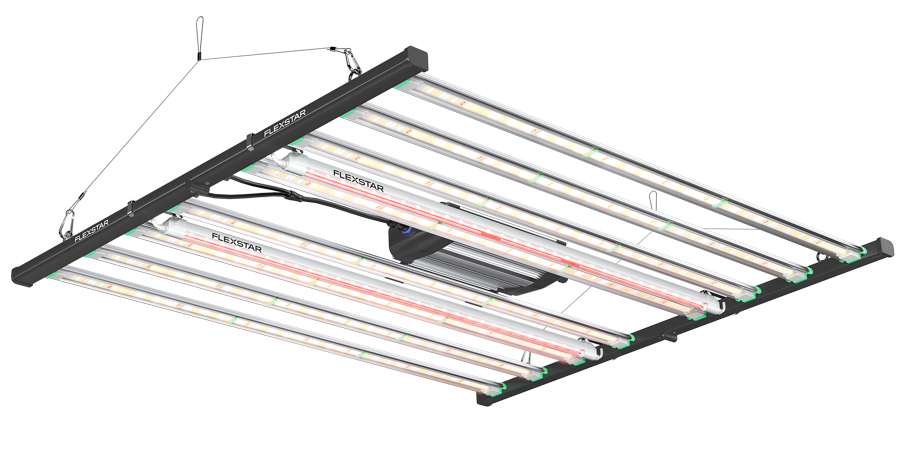Cannabis cultivation relies heavily on optimal lighting conditions, and understanding the role of far red light is crucial for maximizing yields and quality.

1. What is Far Red Light?
Far red light refers to a specific range of light wavelengths, typically between 700 and 800 nanometers, which is just beyond the visible red spectrum. In cannabis cultivation, far red light plays a significant role in regulating various physiological processes.
2. Response of Cannabis to Far Red Light
Cannabis plants possess phytochrome photoreceptors that are sensitive to the red to far red light ratio. This ratio is vital for regulating growth patterns, including stem elongation, leaf expansion, and flowering induction.
3. Far Red Light in Natural Environments
In natural sunlight, the red to far red ratio fluctuates throughout the day and seasons. Cannabis plants use this ratio as a cue for seasonal changes, adapting their growth and flowering accordingly.
4. The Influence of Far Red Light on Photomorphogenesis
Far red light influences photomorphogenesis in cannabis plants, affecting seed germination, seedling development, and overall plant morphology. It also plays a critical role in stimulating flowering and enhancing bud development.

5. Far Red Light and Cannabis Flowering
Photoperiodism, the response of plants to light cycles, is influenced by far red light. Manipulating the red to far red ratio can trigger flowering in cannabis, optimizing the timing and quality of flower production.
6. Targeting the Emerson Effect
The Emerson effect refers to a fascinating phenomenon observed in photosynthesis. When chloroplasts (the cellular structures responsible for photosynthesis) are exposed to specific wavelengths of light, their rate of photosynthesis significantly increases.
This effect was first discovered by scientist Alexander Emerson in 1957, and it has since been extensively studied by plant biologists.
While the Emerson Effect is typically associated with increases in photosynthesis, it can also lead to other changes in plant physiology, such as increased cell division and growth.
One effective way to leverage the Emerson Effect is by using a supplemental far-red light bar for 10-15 minutes after turning off full-spectrum lights.

7. Artificial Use of Far Red Light in Indoor Cultivation
More and more growers utilize far red light in controlled environments to regulate growth and flowering. Flexstar far red light bars include specific wavelengths of far red light to mimic natural sunlight conditions and maximize cannabinoid production!
8. Research and Studies on Far Red Light
Ongoing research explores the potential of far red light in cannabis cultivation, aiming to develop more efficient and sustainable growing practices.
Recent studies at the University of Texas El Paso / University of Texas Arlington, concluded that plants exposed to full spectrum plus dosing with far red spectrum, increased overall plant mass/yield and also improved terpene profiles. Read the study here.
Conclusion
Far red light is a critical component of cannabis cultivation, influencing growth, flowering, and cannabinoid production. By harnessing the power of far red light, cannabis growers can optimize yields and quality!
